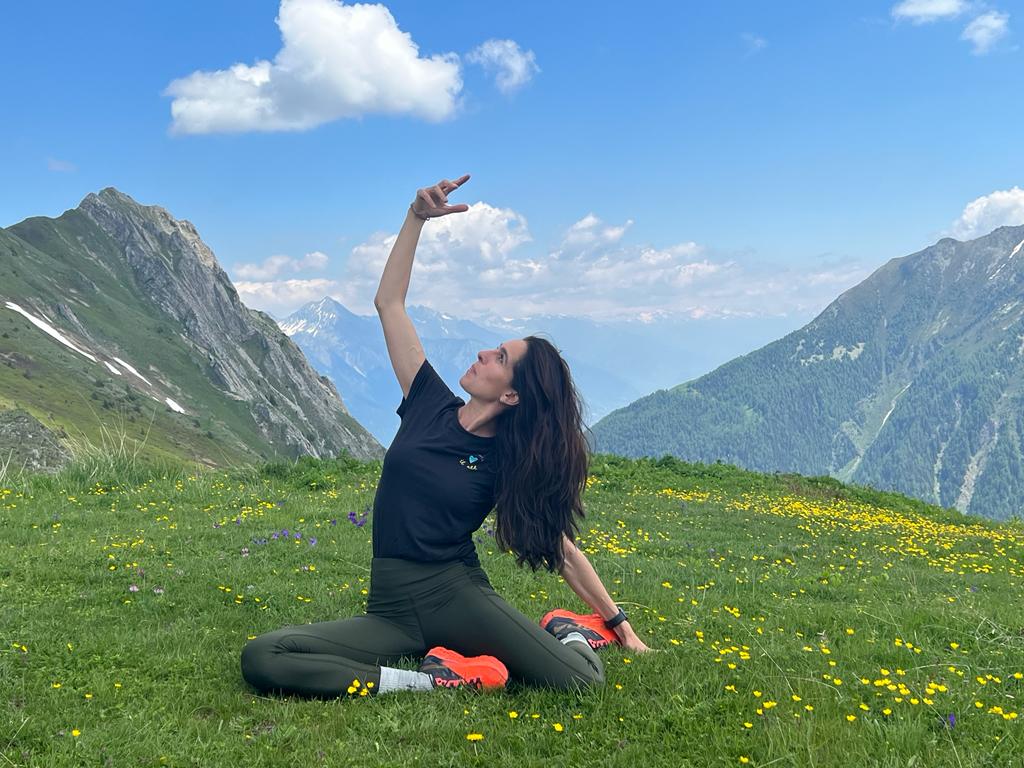Why Every Polo Player Should Be Doing Pilates
- Sophie Plato

- Aug 16
- 2 min read

Spend five minutes watching a polo match and you’ll see it: speed, power, precision — all unfolding while the rider stays balanced on a galloping pony. Polo isn’t just about horsemanship or stick skills. It’s about being nimble in the saddle, quick to think, quick to move, and strong enough to stay centred under pressure.
And yet, one of the most powerful training tools for this sport is often overlooked: Pilates.
The Demands of Polo
Unlike most sports, polo asks players to do it all at once — ride, rotate, reach, strike, and recover — all while staying connected to the pony. That means:
Core stability to absorb movement without collapsing in the middle.
Mid-spine rotation for powerful forehand, backhand, neck, and tail shots.
Hip mobility to move fluidly while keeping a secure seat.
Upper body endurance to swing with precision without straining the shoulders.
Breath control and focus to stay calm and sharp in the heat of play.
Most gym programmes don’t train these qualities directly. Pilates does.
How Pilates Transforms a Polo Player
1. A rock-solid coreEvery swing starts from the trunk. Pilates strengthens deep abdominal and spinal muscles so players strike with power and control — without wrenching their lower back.
2. Rotation where it mattersPilates builds thoracic rotation (through the mid-spine), training the very movement patterns polo players rely on. More mobility + more strength = cleaner, faster shots.
3. Hip freedom + leg strengthLocked hips = limited riding. Pilates opens tight hip joints while strengthening glutes and inner thighs, giving riders both freedom and stability.
4. Shoulder and upper back balancePilates conditions the upper body to handle the mallet without overloading the neck or wrists. That means less fatigue and cleaner swings.
5. Rebalancing a one-sided sportLike tennis or hockey, polo is dominated by one side of the body. Over time, that creates muscular imbalances and puts strain on the spine. Pilates brings the body back to balance — strengthening what’s underused, releasing what’s overworked, and protecting long-term spinal health. The benefits go way beyond the field.
6. Breath, focus, endurancePilates trains efficient breathing. Players stay calmer under pressure, fuel endurance, and recover faster between chukkas.
7. Injury prevention + longevityBy evening out imbalances and strengthening supporting muscles, Pilates keeps the body resilient. That means fewer injuries and more years in the saddle.
More Than Just Performance
For a sport that asks so much of the body, it’s almost madness that Pilates isn’t a standard part of every polo programme. Because this isn’t just about sharper play — it’s about protecting your spine, extending your career, and moving through daily life with less pain and more energy.
Players who practise Pilates don’t just ride better. They live better.
✨ If you’re ready to strengthen your seat, sharpen your swing, and support your body both on and off the field, it might be time to make Pilates part of your polo training.





Comments